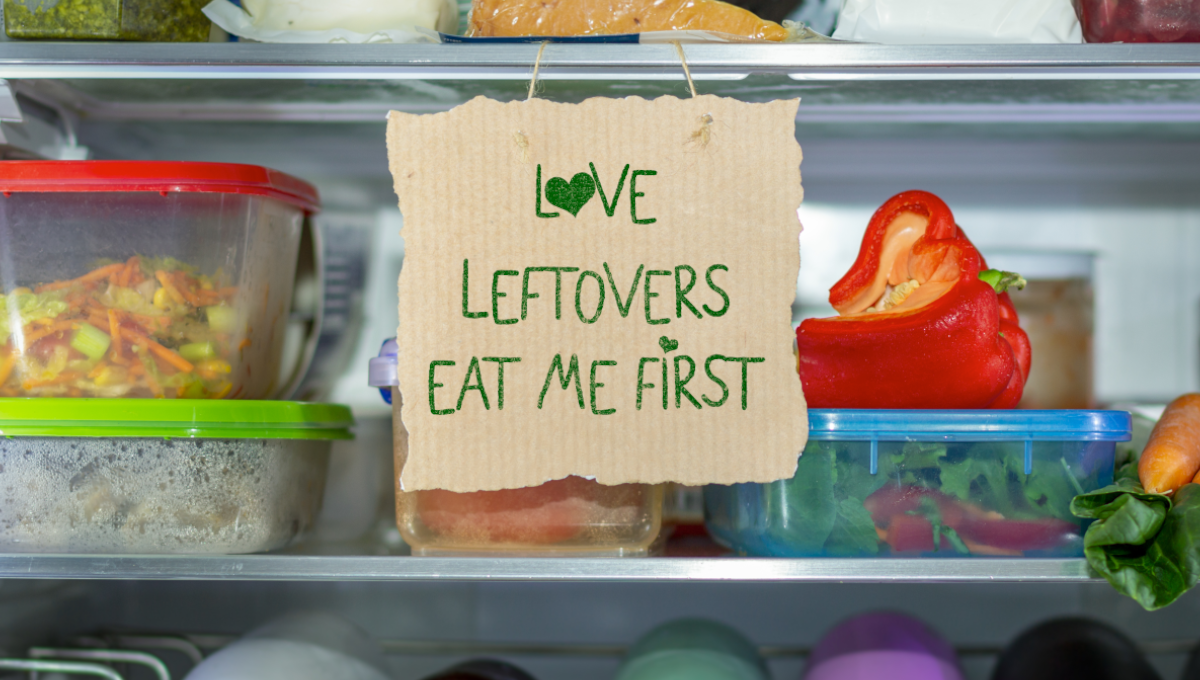
As the New Year’s Eve celebrations end, many households find themselves with a surplus of leftovers. Health experts emphasize the need to exercise caution in leftover care to prevent the risk of foodborne illnesses.
One common practice during New Year’s celebrations is the creation of elaborate buffets, where an array of dishes is left out for an extended period. Unfortunately, this open invitation to flavors also extends to uninvited guests — bacteria, viruses, and other pathogens that thrive in less-than-ideal food storage conditions.
To ensure that the joy of the season doesn’t give way to foodborne concerns, adhering to some essential food safety tips is paramount.
Cook thoroughly:
Research indicates that relying on the color of meat or its juices as an indicator of doneness is unreliable. Thoroughly cook raw beef, pork, lamb, veal steaks, chops, and roasts to a minimum internal temperature of 145 °F. Ground meats should reach 165 °F to ensure safety.
Shallow containers for storage:
Divide cooked foods into shallow containers for refrigeration or freezing, promoting rapid and even cooling. Reheat hot foods to 165 degrees F and serve them on small platters rather than a single large one, minimizing the risk of cross-contamination.
The two-hour rule:
Foods should not linger at room temperature for more than two hours. Promptly discard anything that has been on the buffet table for two hours or more. In warmer weather, this time frame is reduced to one hour for outdoor servings.
Keep hot foods hot, cold foods cold:
Maintaining safe temperatures is key. Hot foods should be held at 140 degrees F or warmer, while cold foods should remain at 40 degrees F or colder. Utilize chafing dishes, slow cookers, warming trays, and bowls of ice strategically to ensure consistent temperature control.
These food safety practices will not only preserve the flavor but also safeguard against potential health risks. By incorporating these simple yet effective guidelines, families can relish the extended festivities with confidence and without compromising their well-being.
(To sign up for a free subscription to Food Safety News, click here.)